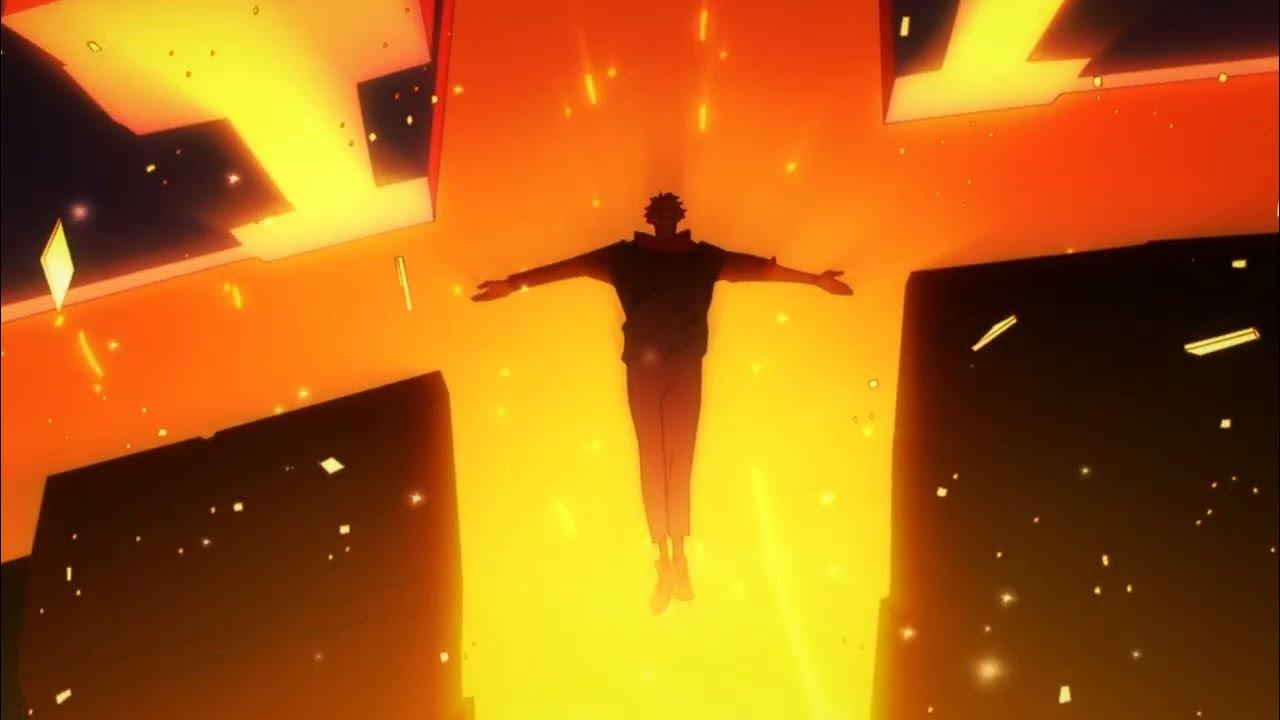The Sukuna Pose has emerged as an intriguing cultural phenomenon, captivating the attention of anime fans and martial arts enthusiasts alike. This iconic stance, associated with the character Ryomen Sukuna from the popular series "Jujutsu Kaisen," embodies a blend of power, grace, and an underlying sense of fear. It’s not just a mere pose; it encapsulates the very essence of Sukuna's character—his malevolence, strength, and unparalleled combat prowess.
In recent years, the Sukuna Pose has transcended its origins, inspiring countless cosplayers and artists who seek to replicate this captivating stance. Its popularity has sparked discussions about not only its aesthetic appeal but also its deeper meanings and connections to martial arts and traditional Japanese culture. This article delves into the nuances of the Sukuna Pose, exploring its origins, significance, and the impact it has had on modern pop culture.
As we unravel the layers of the Sukuna Pose, we will examine the character of Ryomen Sukuna and how his portrayal in "Jujutsu Kaisen" influences the interpretation of this pose. We’ll also address common questions surrounding it, offering insights that will enhance your understanding of this remarkable cultural symbol.
Who is Ryomen Sukuna?
Ryomen Sukuna is a fictional character from the popular anime and manga series "Jujutsu Kaisen," created by Gege Akutami. Known as the King of Curses, Sukuna possesses immense power and serves as the primary antagonist in the series. His character is marked by a duality that reflects both a fearsome curse and a deeply complex personality.
What is the Background of Ryomen Sukuna?
In "Jujutsu Kaisen," Sukuna was once a human sorcerer who became a powerful curse after his death. His malevolent spirit remains alive through the cursed fingers he left behind, which are sought after by sorcerers and curses alike for their immense power. Sukuna’s character design, fighting style, and the infamous Sukuna Pose all contribute to his menacing presence in the series.
| Personal Details | Bio Data |
|---|---|
| Name | Ryomen Sukuna |
| Origin | Jujutsu Kaisen |
| Occupation | Curse |
| Abilities | Immense strength, cursed techniques |
| Affiliation | None |
| First Appearance | Chapter 1 of Jujutsu Kaisen |
How Does the Sukuna Pose Reflect His Character?
The Sukuna Pose is a striking depiction of the character’s power and confidence. Often characterized by a relaxed yet menacing demeanor, this pose conveys a sense of control and superiority over opponents. The way Sukuna positions his body—typically with one leg bent and his arms crossed—exudes a feeling of both readiness for battle and casual arrogance.
What Makes the Sukuna Pose So Popular?
The overwhelming popularity of the Sukuna Pose can be attributed to several factors:
- Aesthetic Appeal: The pose is visually striking and translates beautifully into illustrations and cosplay.
- Cultural Significance: It reflects elements of traditional Japanese martial arts, making it resonate with fans of the genre.
- Character Depth: Sukuna's complex personality enhances the allure of the pose, drawing fans to explore its meanings.
How Has the Sukuna Pose Influenced Cosplay and Art?
Cosplay enthusiasts have embraced the Sukuna Pose, often integrating it into their portrayals of the character. This pose has become a staple at conventions, where fans showcase their artistry and passion for "Jujutsu Kaisen." Artists also find inspiration in the pose, interpreting it in various styles across different mediums.
Are There Variations of the Sukuna Pose?
While the classic Sukuna Pose is widely recognized, many artists and cosplayers have created their versions, adding personal flair or adapting it for different contexts. These variations can range from more dynamic interpretations during action scenes to humorous adaptations in fan art.
What Can We Learn from the Sukuna Pose?
The Sukuna Pose serves as more than just an aesthetic choice; it embodies themes of confidence, power, and the duality of personality. Analyzing this pose allows fans to draw parallels between Ryomen Sukuna's character and their own experiences with strength and vulnerability.
How to Perfect the Sukuna Pose?
For those interested in replicating the Sukuna Pose, here are some tips:
- Body Language: Emphasize relaxation in your upper body while keeping a strong lower body stance.
- Facial Expression: Channel Sukuna's confidence through a composed or mischievous expression.
- Practice: Take time to practice the pose in front of a mirror to perfect your form.
Conclusion: The Enduring Legacy of the Sukuna Pose
In conclusion, the Sukuna Pose has solidified its place in pop culture as an emblem of strength and artistry. Its origins in "Jujutsu Kaisen" and the character of Ryomen Sukuna have allowed it to flourish across various platforms, from anime conventions to social media. As fans continue to explore and reinterpret this pose, its legacy will undoubtedly endure, inspiring future generations to appreciate the complex interplay of art, character, and culture.




